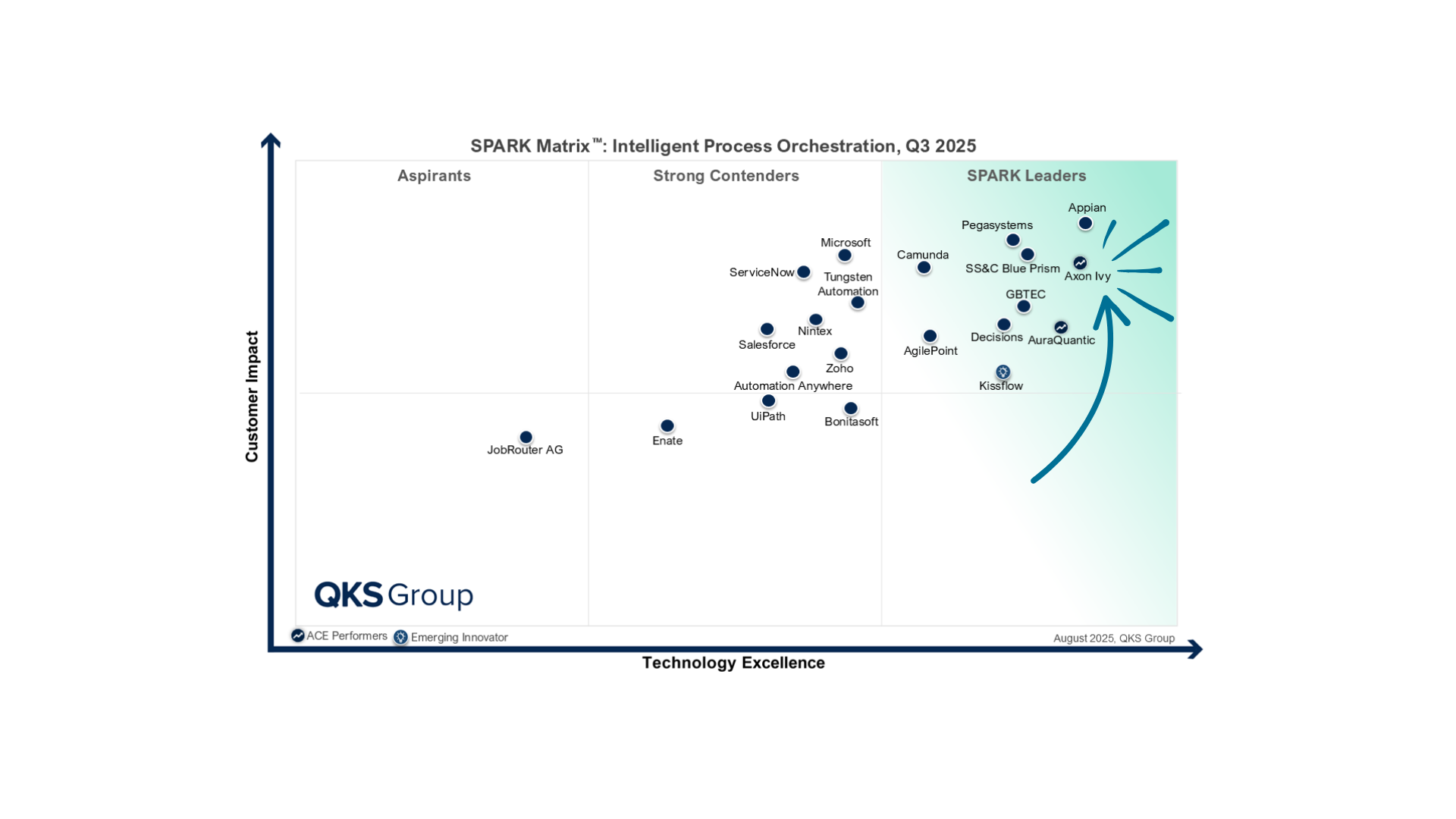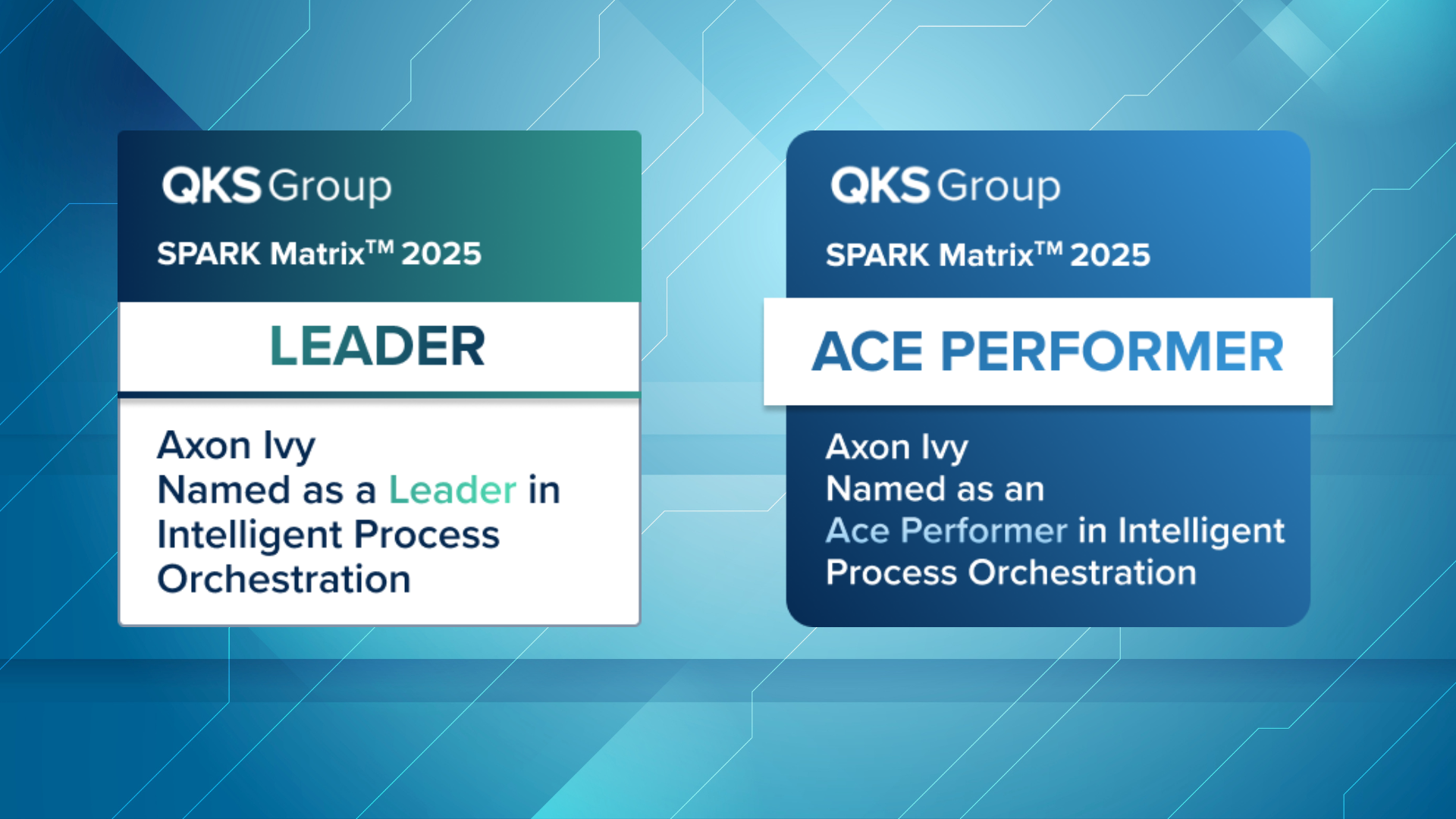The paradigm shift brought about by digitalization demands the automation and optimization of business processes, and many companies are already advancing in this area. However, these efforts often focus primarily on internal processes, overlooking the critical importance of the customer.
More than Optimization and Automation of Internal Processes
Digitalization is everywhere, requiring a redefinition of business models and the strategic use of innovative technologies to capitalize on growth opportunities. Numerous studies highlight the urgency with which companies are addressing this issue. Yet, many companies invest heavily in existing IT systems without realizing that this isolated approach limits their potential
Rather than radically overhauling their business models, many companies opt for incremental changes to existing processes. A comprehensive digitalization strategy, however, can only succeed when it centers around the customer. The key is to remodel processes based on a new, digital business model that starts with the customer. This approach is known as "end-to-end."
A Focus on the Customer Journey
Start-ups are leading the way by prioritizing the understanding of customer needs and interactions and by designing these touchpoints to enhance their competitive edge. The key is the "customer journey," which involves creating digital touchpoints that strengthen the customer experience.
This approach opens up new opportunities for companies to automate processes and harness valuable data. By continuously refining their offerings based on this data, companies can better align with customer needs and expectations. Failure to fully leverage this information often results in missed opportunities.
The Customer is the Driving Force
The customers and their benefits must be the focus of both the successful digitization of existing processes and the development of new business models. Understanding the customer alone is insufficient; companies must adopt a customer-centric approach, where every function is geared towards ensuring customer satisfaction and success. Prioritizing the customer experience leads to greater simplicity and transparency in processes such as customer onboarding at a bank, contract renewals, and traditional service interactions.
For instance, if a customer is convinced of a product’s value through a proof of concept (PoC) before making a purchase, they are more likely to benefit from it in the long term. If their decision proves correct, they may be inclined to explore additional products or services. A satisfied customer who recommends the product to others becomes a powerful advocate for the company.
In summary, optimizing the customer experience not only reduces churn but also enhances profitability.
“The customers and their benefits must be the focus of both the successful digitization of existing processes and the development of new business models.”
Oliver Deutsch
Director Sales & Marketing, Axon Ivy AG
Customer-Oriented Processes via One Platform
Customer-oriented processes are typically complex, involving entire departments or business units. Inefficient processes with media discontinuities - where internal resources, third parties, and customers are not fully integrated - can be both cumbersome and costly.
To improve the efficiency and effectiveness of customer-oriented processes, they must be flexible and adaptable. Agility is king here. It is more important than ever for companies to have their own system in place for immediately determining changing customer requirements, market conditions, competitor offers and more.
In a world dominated by digital transformation, only companies that achieve competitive advantages through end-to-end processes will ultimately succeed. The ability to adapt will become part of the company’s DNA. Since current CRM or ERP systems often fall short in mapping end-to-end processes, a holistic IT-based process solution should be pursued. This solution should integrate necessary data sources and transaction systems like CRM and ERP. The use of an intelligent automation platform makes it possible to digitize and automate all business processes end-to-end. This enables organizations to introduce the topic of "customer centricity" company-wide and sustainably.





